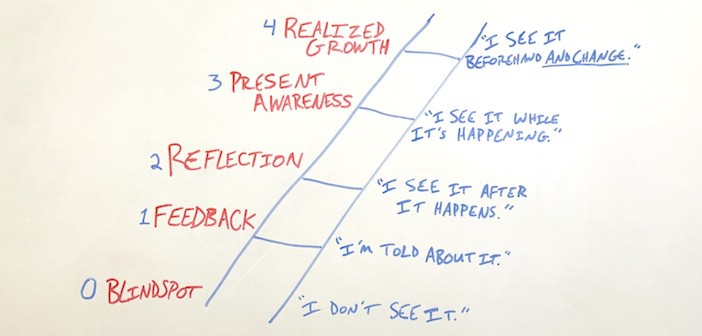Last week, I shared on Tony Morgan Live how to respond, When Opportunity Disrupts The Plan. It can be both exciting and frustrating for a team when a “can’t miss” opportunity throws the plan off course. (Learn three steps to lead through those moments here.)
That being said, opportunity-disruption is the best kind there is! Much worse is when the plan disrupts itself. Knowing how to respond when your plan is a problem is critical to the success and culture of your team. So how do you respond when your plans fall apart? Here are 5 steps to help you navigate the challenge:
[Tweet “Knowing how to respond when your plan is a problem is critical to the success of your team.”]
1. Admit That There Is A Problem
No one wants a leader who can’t admit that things aren’t going as planned. Doing so gives people the impression that you are oblivious at best and conceited at worst. The moment your plan is performing below expectations, verbalize two things with your team: “There is a problem. And I’m dedicated to fixing it.” (Personally, I don’t like admitting when my plans have a flaw. I’m speaking out of a few bumps and bruises on this one.)
2. Recognize That You Can’t Solve it Alone
If you and your team didn’t see a problem when you developed the plan, you aren’t likely to see it now. Who in your church wasn’t involved in developing the plan but is connected to the issue at hand? Gather their input in search of new angles. (For me, this is one of the most humbling and healthy things I can do as a leader.)
3. Dig Deep To Identify The Real Problem
Negative results are just the tip of the iceberg. Odds are you developed your plan in detail. So you’ll have to dive deep to address the real issue. Each time a problem is surfaced, ask, “What is the underlying cause of that?” Don’t settle for a shallow or mid-depth diagnosis. Take time to get to the heart of the problem. Also, make sure that the problem you are addressing is an actual problem and not simply “growing pains.” Sometimes, what seems to be a problem at first is really just the challenge of starting something new.
4. Weigh Costs and Benefits Of A Solution
Once you’ve identified the real problem, a solution will come quickly. But is the problem really worth solving? That is the question that most ministry teams never answer. Yet in some situations, the plan was only seasonal and so are its problems. Consider these cost and benefit questions…
- Cost: What is the financial cost of fixing this problem? How much of the team’s time and attention will be spent on fixing this? Is there a better time when we could address this?
- Benefit / Damage Control: How long will your team experience the pain caused by this problem? How much damage is it likely to create?
If the cost is high and the benefit is low, it may actually be better to live with the problem for a season. Don’t rush to solve a problem just because it exists. First, ensure that fixing it is the best use of your resources.
5. Communicate Clearly About Moving Forward
If you’ve decided to solve the problem at hand, be very clear with everyone about the plan moving forward. How exactly are you going to address? Who is responsible for each component of the solution? Who will be impacted by the changes? Identify the stakeholders, communicate clearly, and be available to answer any questions.
If you’ve decided that the benefits outweigh the costs, you may have to communicate even more intentionally. Does everyone understand why you’re not addressing the issue? Who is going to experience the greatest pain living with the flawed plan for a season? Who needs to hear you apologize for the problem your plan created?
Acknowledging and adjusting when your plan goes awry is one of the most humble and servant-hearted things a leader can do. Is there a problem that you’re not admitting right now? Are you trying to solve something that isn’t worth the cost?



